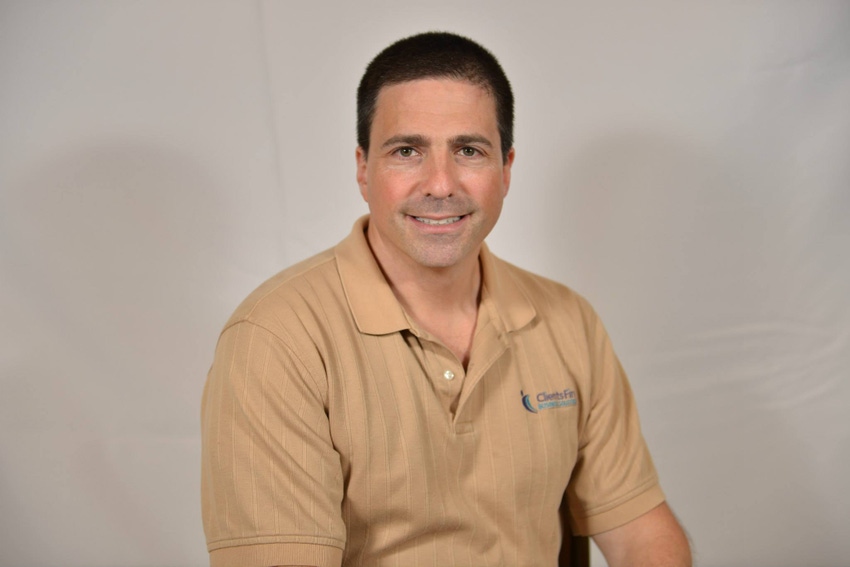The data backup and disaster recovery (BDR) market has evolved since its introduction, and even since the beginning of this year. What should managed services providers (MSPs) expect going forward, and where should they focus their efforts?

The data backup and disaster recovery (BDR) market has evolved since its introduction, and even since the beginning of this year. What should managed services providers (MSPs) expect going forward, and where should they focus their efforts?
To find out where the market is heading, we reached out to Clients First CTO Mark Chinsky, an expert in the field, to find out if he could provide us with top BDR trends. His response focused on the following three concepts:
Traditional cloud backup solutions are unacceptable.
BDR solutions need to be simple for non-technical customers.
Educating customers is key.
Traditional cloud backup solutions are unacceptable
Chinsky said traditional cloud backup solutions can be a nightmare for customers. It takes too long for customers to upload and download data in an emergency and technical support lines are more than likely overcrowded.
He said some vendors are offering customers disaster recovery as a service (DRaaS), which basically allows customers to spin up in the cloud.
"Again, they don’t have a practical plan to fall back on when things get back to normal and most cloud-only solutions result in significant delays while drives are being shipped back and forth," he said.
BDR solutions need to be simple for non-technical customers
Customers need to be able to understand how their BDR solutions work, Chinsky said. Some businesses may have hardware from one company, software from another, and storage from a third.
"During an emergency, your IT manager may very well be on an island in the Caribbean with little to no internet access," he said. "Or during a disaster, your MSP could be swamped with calls, like during [Hurricaine] Irene."
He suggested MSPs offer "brain-dead" solutions to customers, so customers can implement them quickly in a dire emergency.
Educating customers is key
Chinsky said one of the biggest challenges in the market is education. When his company gets the opportunity to educate small and medium-sized businesses (SMBs) on downtime, they get it — and his approach.
"However, most SMBs don’t even know this problem exists so they aren’t searching for the solution," he said. "So we need more mass market education of the exposure so many companies have on this front."
About the Author(s)
You May Also Like


